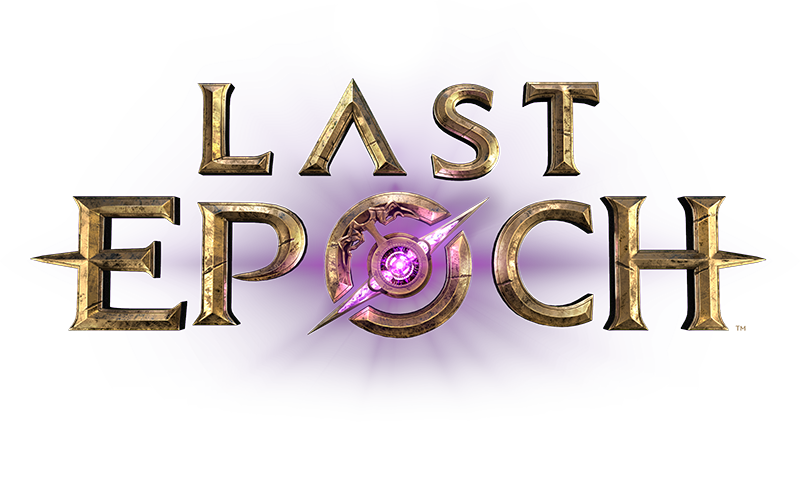Hey thanks for your reply Lizard. You pose an interesting dilemma.
If it’s the case that the instant procs on soul feast have no bearing on the power of your build, and if that is also the case for the idols, then theoretically this build can still do 700+ waves without those idols and with soul feast in a fixed state, so let’s just consider this mathematically:
You found that your ward on idols only brought the number from 3k to 3.7k. Assuming your numbers are correct, and you tested with the maximum number of idols you used, that’s an increase of 23% ward retained. Given your base, that’s not a huge number (although many health builds run with around 700 health, so it’s also not inconsequential). However, ward retention doesn’t only affect your base ward using Exsanguinous, but also any ward you generate through other means, like Soul Feast.
Now here is where the math gets complex, and it’s beyond the necessary scope of the discussion, but a 23% increase in ward retention on 50k ward is actually pretty massive. It wouldn’t make sense for you to be able to push to the same level with 23% less ward. But you did say that you stopped without dying, so maybe you can still do 700 waves with 23% less ward
However, you also state that Soul Feast would be just as powerful if it didn’t autocast, so lets consider that. I’m not sure how many times it actually autocasts, but watching your stream it seemed to be at least 5 times. That of course means 5 times more ward then a single cast. That’s a huge number, but it isn’t the only advantage, because you’re running a poison build. Poison provides an 8% stacking poison damage buff on the target, so each stack of poison they get, the damage they receive from poison is increased by 8%. If each cast of Soul Feast were applying 1 stack per cast, that would of course give you 5 stacks, but you’re also running Plague Bearer, which alone gives you more than one stack. However, for simplicity’s sake, and because scaling should be similar, let’s assume one stack of poison per cast. This means at 5 stacks of poison, you are actually increasing your poison damage from the 8% you would otherwise be getting to 40%, which is substantial to say the least, and since you’re actually applying more stacks, it’s much higher than that (at least double, but probably more like 3-5 times depending on other sources of poison in your build).
Now, like you said, you could just manually cast Soul Feast, but are there any downsides to that? Well, for starters, you said that this is a build focused on kiting, but it’s much harder to kite when you have to manually cast 5 times instead of 1 time, so you’ll certainly be standing in place longer, thus subjecting yourself to more damage. Secondly, you almost certainly couldn’t cast as quickly as the auto casts, and even if you could, casting 5 times in a row right now would actually net you 25 casts instead of 5. You clearly aren’t casting 5 times in a row because it’s more valuable for you to kite than to stand there and risk getting hit. And if you are casting 5 times right now, then with Soul Feast working as intended, your power from casting Soul Feast would drop by at least a power of 5 for both ward generation and damage. If you choose not to cast five times, then your power is severely diminished in ward regeneration, poison stacks, and poison damage, so not casting the same number of times as Soul Feast auto casts is unquestionably a huge loss in power.
Given the numbers, I cannot see how this build would perform at the same level without the multiplicative ward idols and the Soul Feast autocasts. If it is the case, then it also seems like it would be a reason why the devs could simply leave these unintended features alone instead of fixing them in an upcoming patch, because characters wouldn’t be gaining any power from the way they are working now, but we know that they are gaining substantial power, as other theorycrafters like HolyCoffee, FoE, and Boardman have shown. So I think the best way to interpret what you’re saying here is that Soul Feast and ward would be sufficiently powerful enough even without the unintended parts that if they were fixed, this build would still perform very well, albeit not nearly to the heights it can currently reach, at which point I would absolutely agree with you, and then the question steers back to “but just how good is it?” 
